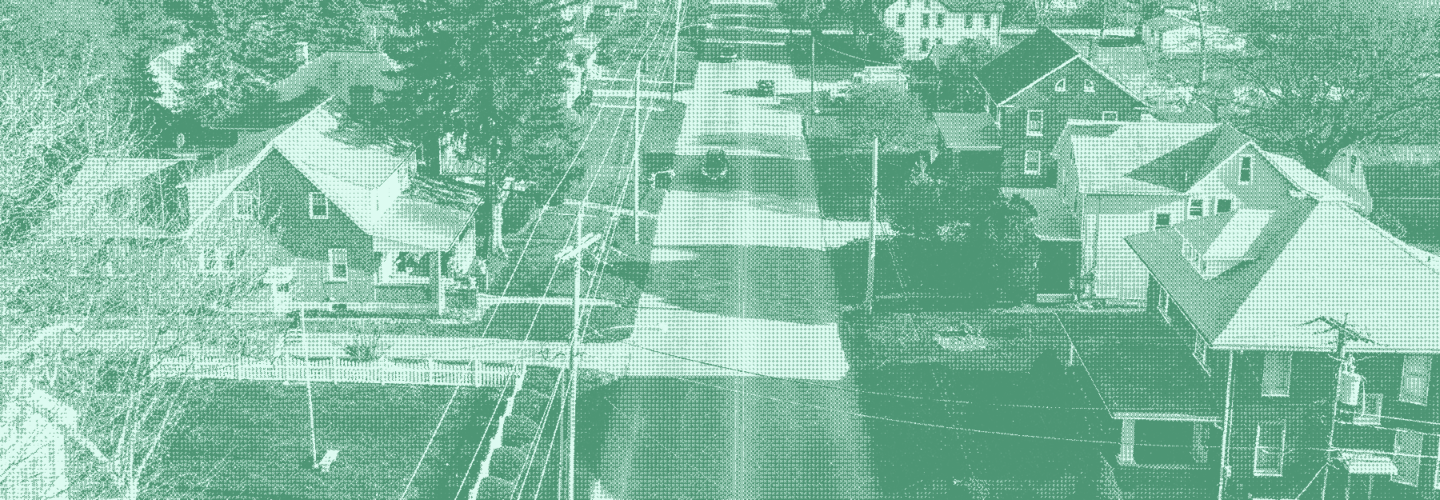High Energy Costs in the Northeast Fuel Innovation
Saving energy is big business in the Northeast, where electricity costs are 70 percent higher than the U.S. average as of February 2025. In addition to high costs, there’s also increasing demand for electricity in New England, which is expected to grow by about 17 percent from 2024 to 2033, and in New York, where it might nearly double by 2042. On top of that, the Northeast grid is expected to be at “elevated risk” for winter shortfalls of electricity, says the North American Electric Reliability Corporation.
Numbers like these mean that reducing energy consumption and being more energy efficient is imperative for homeowners and businesses in the Northeast.
“States in the Northeast are embracing the transition to a clean energy future for a number of important economic and consumer reasons,” says Daniel L. Sosland, 65, president of the Acadia Center, a nonprofit organization that promotes clean energy policies at the state and regional levels. “This region does not produce fossil fuels, but it does have abundant renewable energy resources. It also has the oldest building stock in the country, and the highest reliance on traditional heating fuels like oil.”
To read the full article from Inc. Magazine, click here.



















